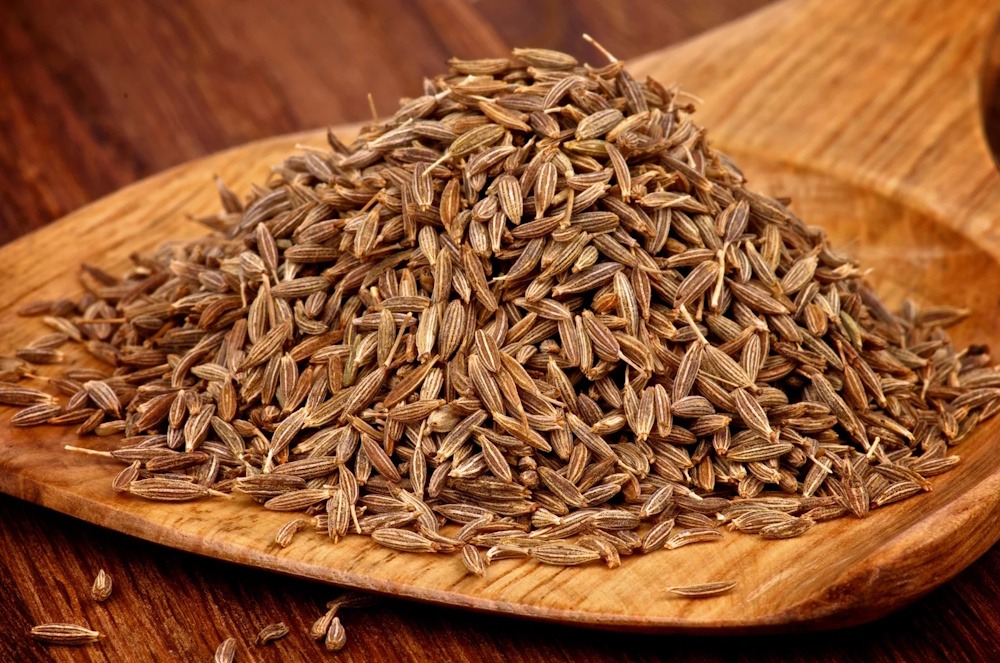
Jeera prices experienced a minor decrease of 0.16%, settling at Rs 21,445 per quintal. This decline can be attributed to ample supplies and subdued export demand, alongside sufficient existing stocks. Nonetheless, the adverse effects were constrained owing to climatic disturbances and postponed planting in crucial agricultural regions. Uneven rainfall has hindered sowing activities in Gujarat, a key state for cumin production, resulting in diminished market arrivals at locations such as Unjha, where premium-quality cumin is commanding elevated prices. Logistical and climatic challenges in India and the Middle East have constrained supply, thereby reinforcing price stability even in the face of weakened export inquiries.
Export demand from Gulf countries and China has exhibited a modest uptick, yet it continues to be highly sensitive to price fluctuations. Current export volumes indicate a year-on-year decline of 17.02% for the period of April to August 2025. Notably, there was a modest increase of 3.24% in August compared to the same month last year; however, this was accompanied by a 6% decrease from July, highlighting the volatility in market sentiment.
India’s total cumin production is projected to decline marginally this season, estimated at approximately 90-92 lakh bags, a decrease from last year’s figure of 1.1 crore bags, with Gujarat and Rajasthan serving as the main contributors. Global production continues to be affected by unfavorable weather conditions in various producing nations, including China, Syria, Turkey, and Afghanistan.
From a technical perspective, Jeera is undergoing long liquidation, as evidenced by a 1.19% decline in open interest to 3,225 contracts, alongside a price decrease of Rs 35. Support is observed at Rs 21,250, with a potential examination of Rs 21,040, whereas resistance is established at Rs 21,770, with a breakout potentially aiming for Rs 22,080.
